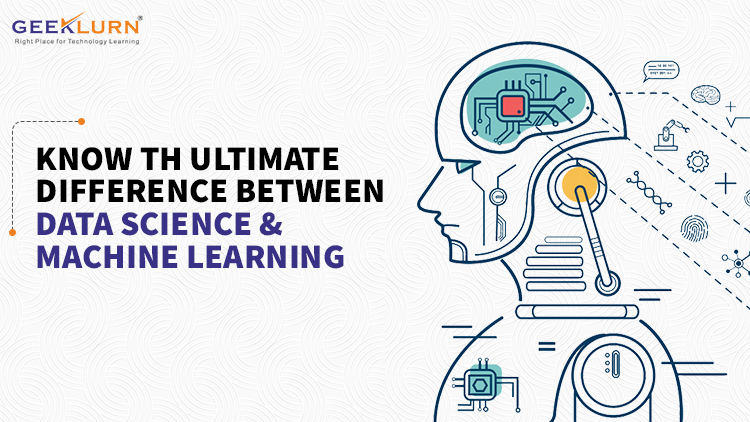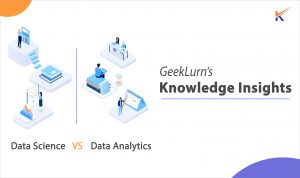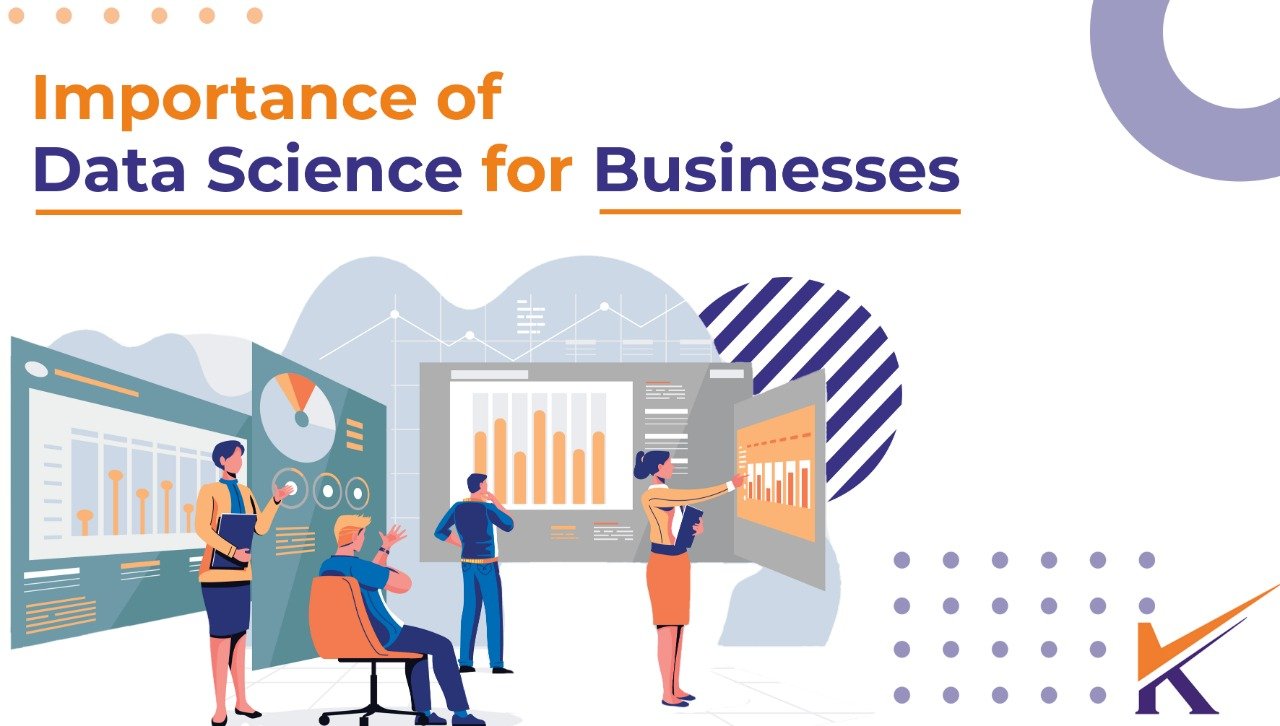Table of Contents
Machine learning and data science are two distinct technological concepts. A mix of the two can help innovate infrastructural systems, products and services. At its core, data science uses a scientific approach to extract insights from data. Machine learning, on the other hand, is a part of Artificial Intelligence (AI) and helps computers learn without being programmed. It is applied using algorithms to train computers to deliver predictions without human intervention.
To get a clear idea of what is machine learning in data science, consider enrolling for the Data Science Architect Program by GeekLurn. The syllabus covers all aspects of machine learning with a hands-on approach to develop tech-enabled, job-relevant skills. The program duration is 24 months, with 6 months of live interactive classes and 18 months of sponsored project work at an authorised research centre funded by IISC, IIM and IBM. You can resolve all theory and project-related queries through mentors, who are eminent industry experts. You can also participate in workshops and live webinars to gain deeper insights into the field.
The global machine learning market size stood at $15.44 billion in 2021 and is expected to rise to $209.91 billion by 2029, at a CAGR of 38.8%. On the other hand, the data analytics industry recorded 26.5% year-on-year growth in 2021, with the market value touching $45.4 billion. Below is a detailed guide on data science vs machine learning and why both these fields are booming.
What is Data Science?
Data science uses tools and techniques to collect, store and analyse raw data with the aim of discovering patterns in the data. It then presents the results via reports and visualisations. Powered by machine learning algorithms, it can be used both for predictive and prescriptive analysis. The data science lifecycle consists of 5 stages:
- Capture
- Maintain
- Process
- Analyse
- Communicate
Each stage involves tasks like data cleansing, clustering and summarisation, examining patterns, ranges and biases, and gathering structured and unstructured data.
Data science provides insights that prove to be incredibly useful in business decision making, strategic planning, enhancing operational efficiency, identifying new business opportunities and more. No wonder the demand for data scientists has been rising exponentially in recent years.
What is Machine Learning?
Machine learning is a sub-field of data science, which learns from historical data (input) and performs a task automatically (output). This is done through algorithms and statistical models that draw and analyse patterns in data. It imitates the way humans learn and can keep improving accuracy over time. All the recommendations and decisions that the computer produces are data driven.
There are three main types of machine learning: supervised, unsupervised and reinforcement learning. Knowing each concept will help you know how a machine produces outcomes without using explicit programs.
Differences between Data Science and Machine Learning
A common question among data science aspirants is whether machine learning and data science are the same. The answer is that machine learning is a part of data science, and its algorithms usually train on data that is delivered to “learn.” Data science can be seen as an all-encompassing rectangle while machine learning is a square within it, with a unique identity. Data science studies data and how to extract meaning from it, while ML is more about building tools and models that can learn by themselves using data. Machine learning is often used in data science to process and analyse data.
Below are a few key differences between data science and machine learning:
Data Science | Machine Learning |
| Meant to extract useful insights from data | Meant for predictions and classifying results for new data points |
| Data scientist requires skills in Hadoop, Python, R or Scala | Machine learning engineers need knowledge of computer science, probability concepts and Python, R or statistics |
| Data scientists can work with both structured and unstructured data | Machine learning experts need structured data to work on |
| Skills needed – data wrangling, visualisation, knowledge of machine learning algorithms and models, and processing data for business needs | Skills needed – ability to conduct data modeling and analysis, a strong understanding of statistics and expertise in computer science, data structures and architecture |
| Data in data science might or might not be evolved from the machine or mechanical processes | On the other hand, machine learning uses various techniques like supervised clustering and regression |
The bottom line:
While data science and machine learning are distinct concepts, they are correlated because models of machine learning are used in data science to analyse and process data. Both go hand-in-hand since you cannot learn about machine learning without data. Plus, data science works better with machine learning. But it is still important to know the differences between data science vs machine learning. You can achieve that through a comprehensive course, like the Data Science Architect Program by GeekLurn. The course offers an excellent learning experience, while ensuring that you are well prepared on the job requirement standards for implementing both technologies.






